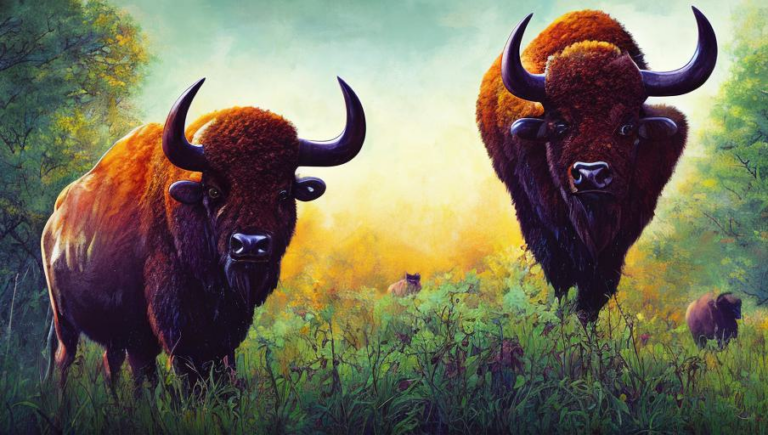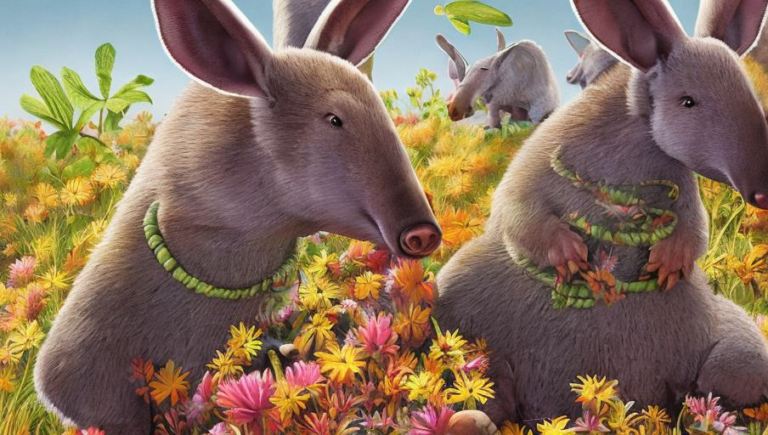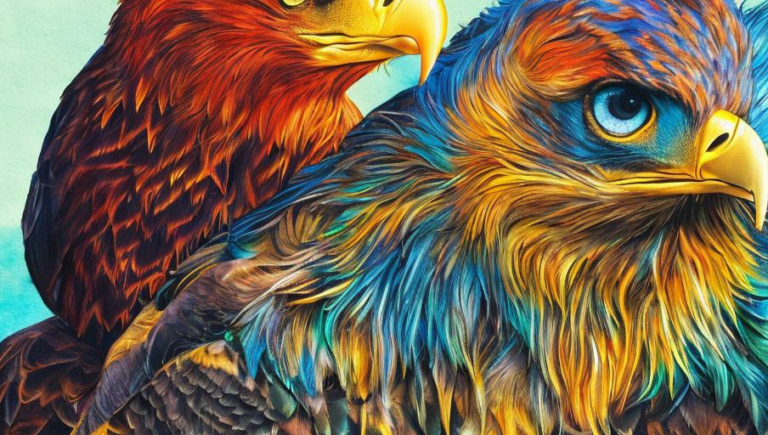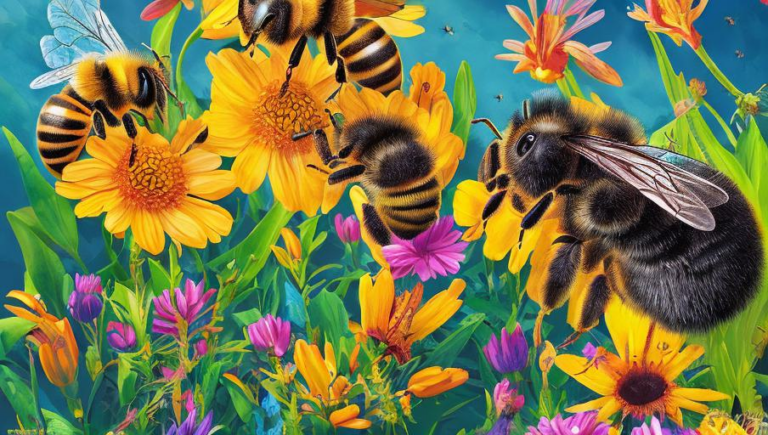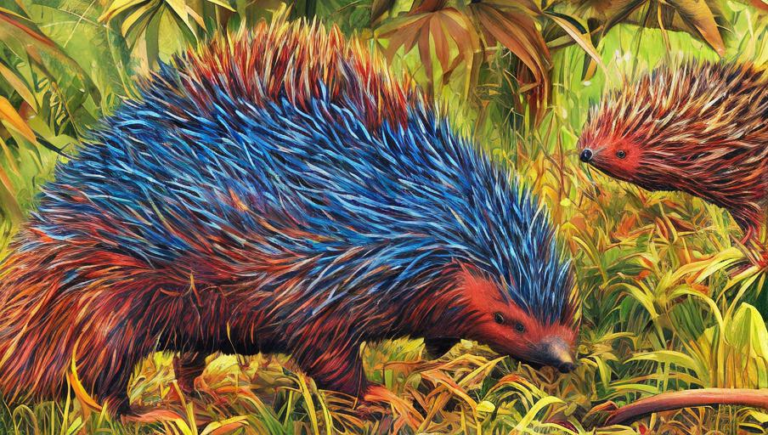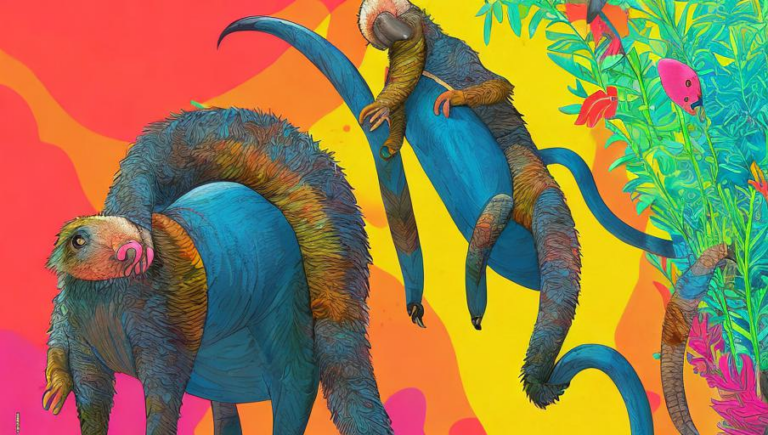Behaviors of the Capybara
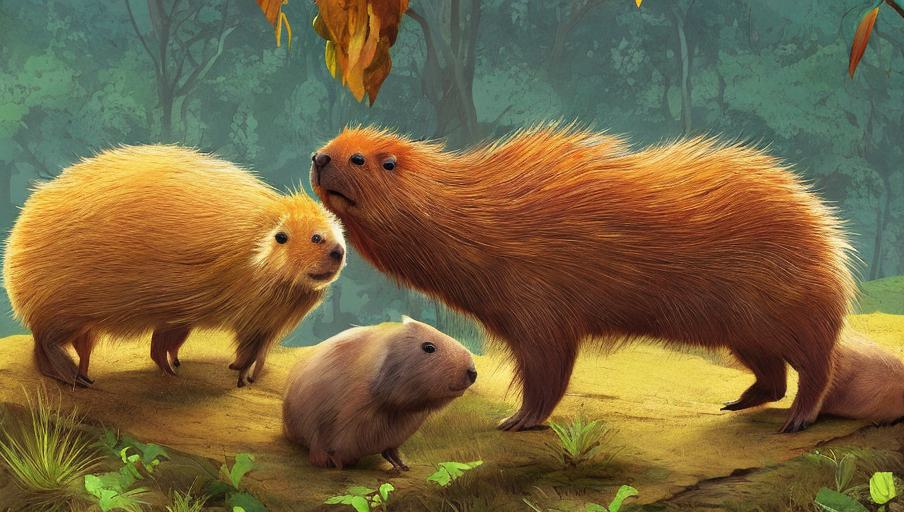
Behaviors of the Capybara
The capybara, also known as the ‘water pig’ is a mammal that is native to South America. It is the largest living rodent in the world, reaching a length of up to 4.3 feet and weighing up to 140 pounds. This large animal is semi-aquatic and can be found near rivers, lakes, and swamps. As they are semi-aquatic, they are excellent swimmers and can stay submerged in water for up to five minutes at a time.
Social Behaviors
Capybaras are very social animals and live in groups of up to 20 individuals, called ‘herds’. Within the herd, there is a hierarchical structure, with a dominant male at the top and the females and younger males below. As a group, capybaras have a variety of vocalizations that they use to communicate with one another. These include barks, chuckles, and whistles.
Capybaras are also very territorial animals and will often mark their territory with a combination of scent, urine, and feces. The dominant male will also patrol the boundaries of their territory, chasing away any intruders.
Dietary Behaviors
Capybaras are herbivores and their diet consists mainly of grasses, aquatic plants, and fruits. As they are semi-aquatic, they spend a lot of time in the water and feed on aquatic vegetation. They also spend time grazing on land, grazing on grasses and other vegetation. They have a large and powerful jaw and sharp incisor teeth that are used for cutting and chewing their food.
Capybaras are also very agile and can often be seen standing on their hind legs to reach higher plants. They also have large and powerful hind legs that allow them to jump up to eight feet in the air!
Reproductive Behaviors
Capybaras are capable of reproducing at ages as young as two years old. The mating season usually begins in the spring and lasts until late summer. During this time, males will compete for females and will often fight each other for dominance. The gestation period is around 130 days and the female will usually give birth to two to eight offspring at a time.
Once the offspring are born, the female will keep them close to her and will nurse them for around four months. After this time, the offspring will begin to venture out on their own and will soon join the herd.
Conclusion
The capybara is an incredibly interesting animal, with fascinating behaviors. From their social relationships and their territorial nature, to their diet and reproductive behaviors, there is much to learn about these amazing creatures. As more and more of their habitats are destroyed, it is important to work towards preserving the capybara and the other animals that live within the same habitats.
